Mexico’s street dog problem — and how travelers are part of the solution
“Watch us come back with a dog,” I joked to my partner as we packed our things for four months on Mexico’s Pacific coast. As it turned out, it was less of a joke than I thought.
When you think of Mexico, street dogs probably aren’t the first thing that comes to mind. But outside of the resorts and villas that most tourists associate with Mexico, things are different. The country has the largest number of Mexican street dogs in Latin America. The National Institute of Statistics and Geography estimates that about 70 percent of the 18 million dogs in Mexico live on the street, born as strays or simply abandoned. It’s a statistic that becomes overwhelmingly evident as you walk around.
Our journey began in Rincón de Guayabitos, a small beach town about an hour and a half north of Puerrabiesto Vallarta. It took less than a day for us to fall in love with two Mexican street dogs — one of whom has since been rescued and lives a couple hours away from us — and while they weren’t in terrible shape, many of the others we encountered were less lucky.
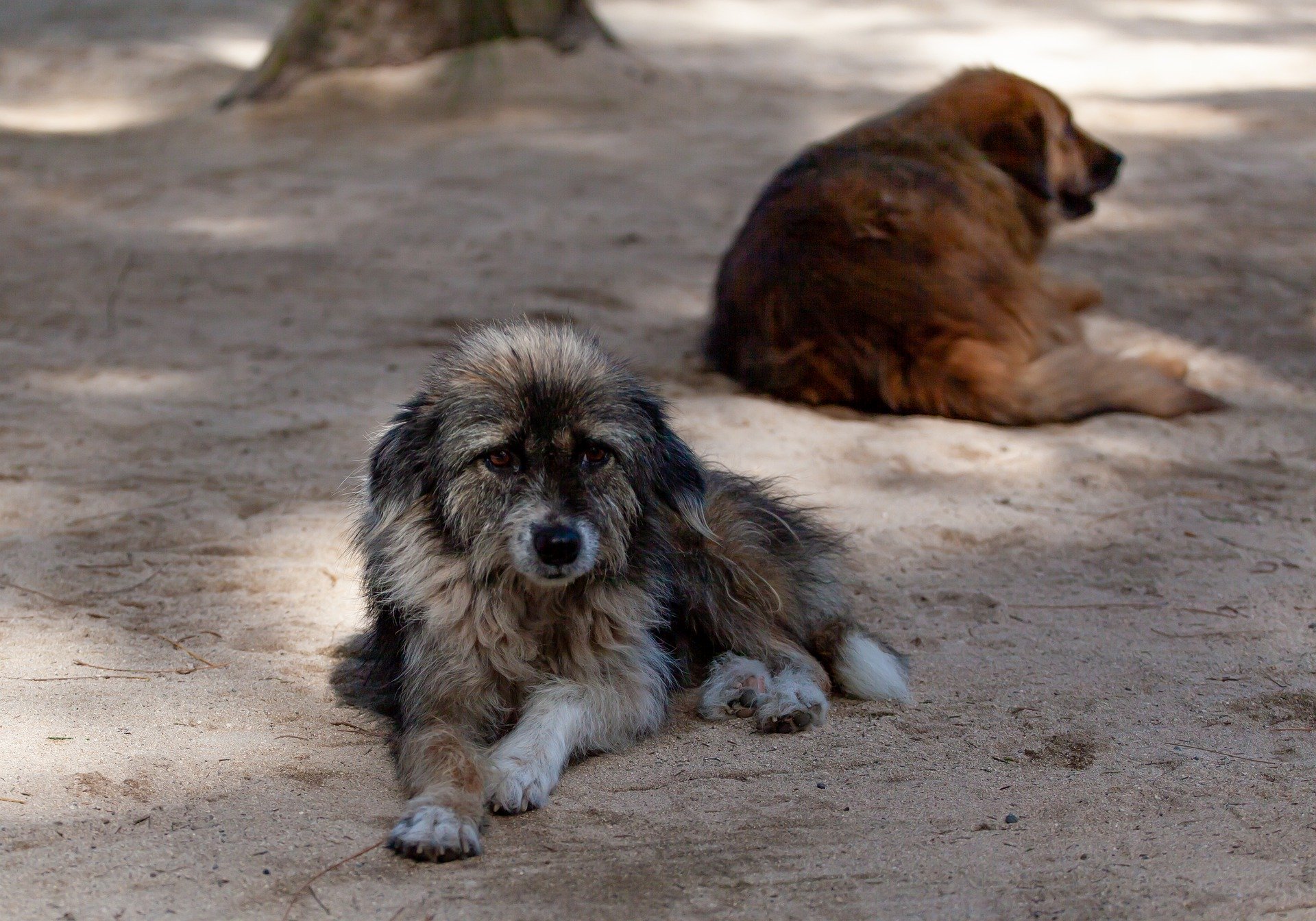
The street dog issue, both in Mexico and elsewhere, is a complicated one. While there are some irresponsible pet owners, much of it comes down to a lack of knowledge and limited access to spay and neuter programs — the keys to solving the animal homelessness problem in the country. This is something that local animal groups are working to change. But they can’t do it alone, and travelers play an important role.
Rescue groups essential to addressing the street dog issue
The Guayabitos/La Peñita area has two active rescue groups: Hilltop Refugio, which has a shelter, and Jaltemba Bay Animal Rescue (JBAR), which does not. They’re both run by dedicated volunteers and rely on donations, and, like many animal rescues, they’re always at capacity and short on funds.
In addition to taking in and providing medical care to animals in need, the organizations facilitate foster placements, support community education initiatives, and work hard to find adoptive families for the animals. Some stray dogs remain in Mexico, but many fly to their ‘furever’ homes in Canada and the U.S.
Our visit to Hilltop Refugio was a hectic one. After climbing the hill up to the shelter for their Saturday morning open house, we were met by barking. Lots of barking from lots of stray dogs.
The dogs we spent time with that morning had varying stories. One particularly cute group of small puppies was rescued from a bag in a trash bin where they’d been discarded, an unwanted litter from an unspayed pet. And on our way out, a man showed up asking the founder to take a litter of puppies his dog just had that he “couldn’t keep.”
It’s the free spay and neuter programs that make the longest-term impact, helping to prevent situations like those. According to PETA, just one unspayed female and her offspring can produce up to 67,000 puppies in six years. The clinics, which are completely volunteer-run and held as often as monthly, aim to educate community members about the importance of sterilization and perform the procedures at no cost for those who may not be able to afford it.
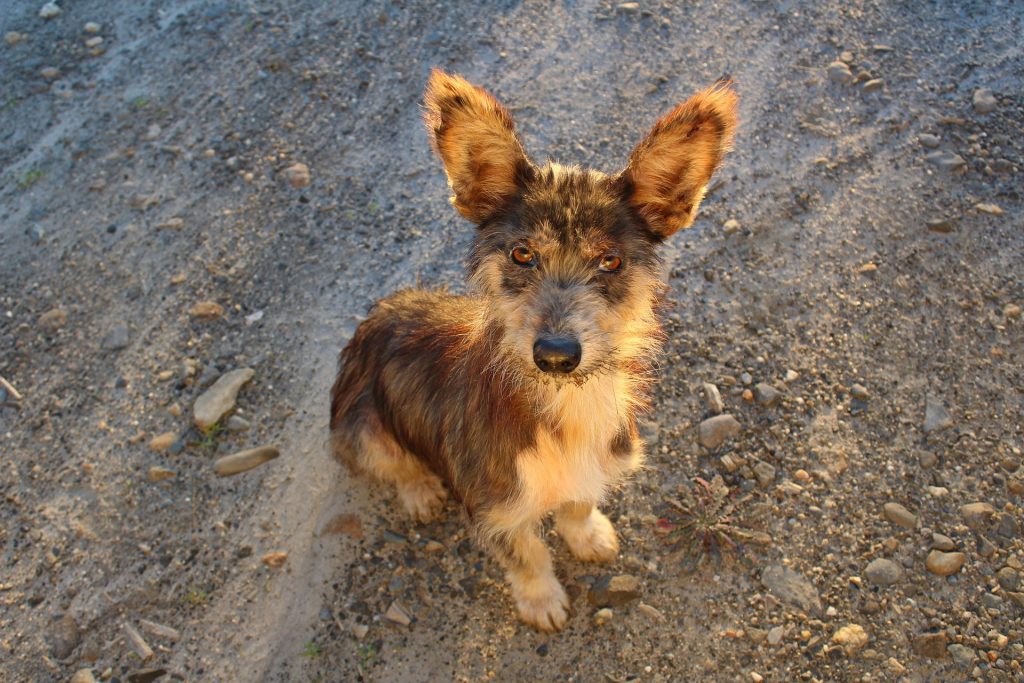
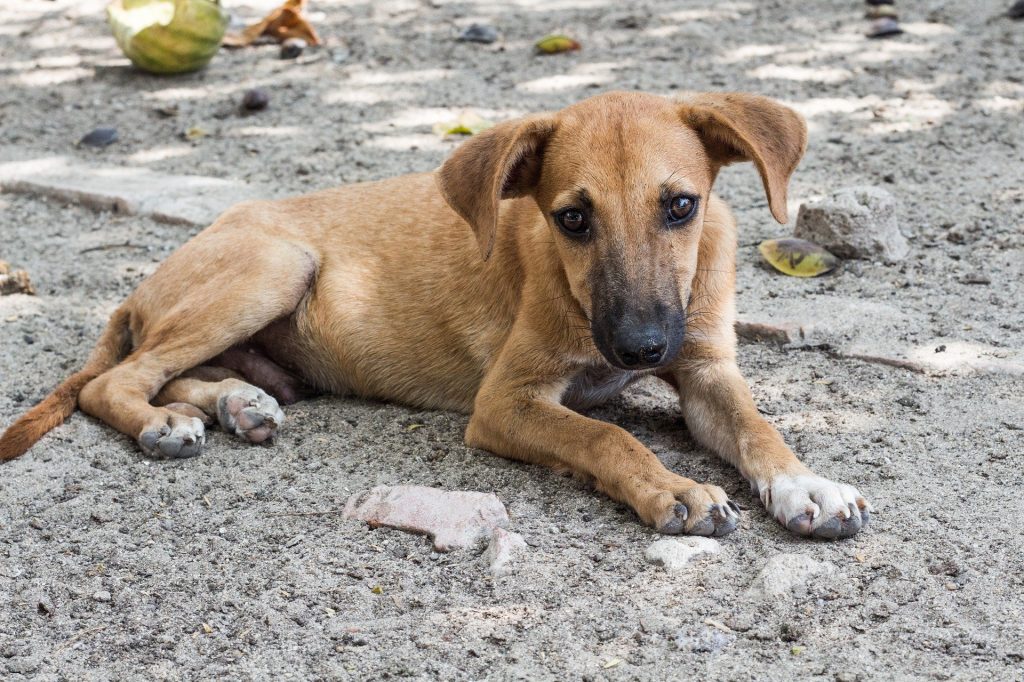
A rescue of our own
It took only three weeks before we rescued a mexican street dog ourselves. On our way out of Lo de Marcos, a small beach town between Sayulita and Guayabitos, we saw a stray puppy eating garbage. Naturally, we stopped to offer some food. It was only then that we realized that she was in dire need of medical attention. Severely underweight and covered head to toe in ticks, this was a dog from which we couldn’t walk away.
Despite having a rental home that didn’t allow pets, we did what any animal lover would do: we put her into the car and rushed her to a vet. She spent 24 hours in the care of a dedicated vet in La Peñita before returning to us — and all the while I continued searching for a more permanent solution.
Puerto Vallarta-based nonprofit MexPup stepped up to the plate in a big way, and I will be forever grateful to founders Patty and Todd for the support they provided. Despite having a home full of rescues and fosters themselves, they opened their doors to the five-month-old puppy we named Tiegan.
Like the organizations in the Jaltemba Bay area, MexPup does more than just rescue and rehabilitate street dogs — they engage in community education sessions, offer free sterilizations, and facilitate adoptions through MexPup Canada. With the support of a wide network of individuals in both Puerto Vallarta and British Columbia, they’ve successfully placed countless dogs into loving homes and continue to work tirelessly for the homeless ones who still need help.
How travelers can help
What most people don’t realize — and what I learned during those months in Mexico — is that travelers are a key piece of this puzzle.
Before your holiday, check with rescue organizations in your destination to see if they need supplies. While some require items like blankets, leashes, and specific types of sutures for spay and neuter surgeries, others need crates transported back to them so they can be reused. Since funds are limited, donations of any size are always appreciated.
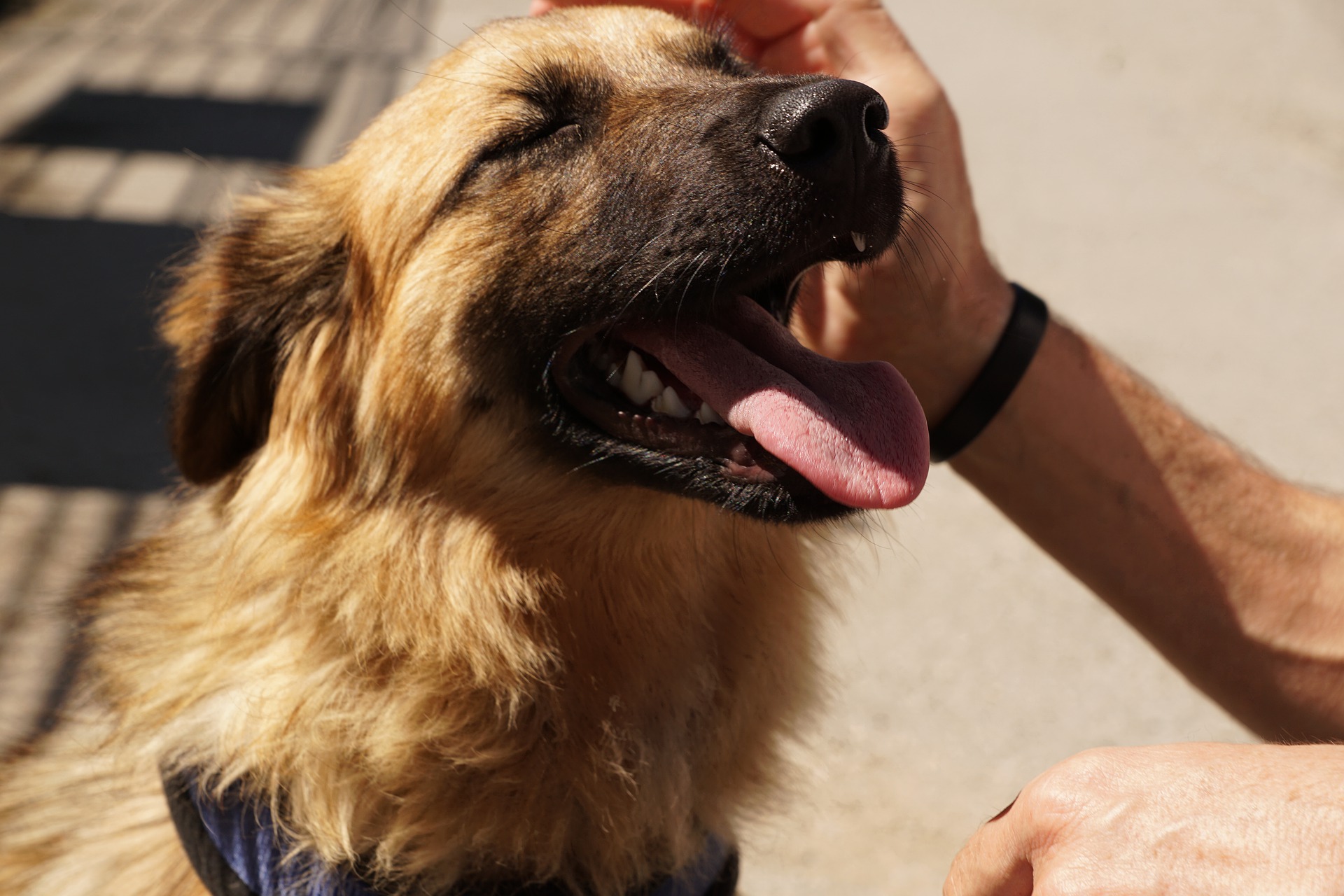
Sometimes it’s travelers who initially find and rescue an animal before a local organization gets involved. Those who do can assist by taking the dog to a local vet for an examination and providing any medication that may be necessary, including treatment for a common tick-borne disease called ehrlichia. While covering the cost of the exam and treatment might not seem like much, it allows rescue organizations to direct those funds to other needy animals.
If you have time to spare on your vacation, contact a local shelter and ask if they have dogs that need to be walked. Many are thrilled to have volunteers take the dogs to the beach or boardwalk, which not only gets them out for some exercise, but also helps socialize them and introduces them to potential adopters.
And for travelers who don’t mind spending a little extra time at the airport, being a flight angel can be extremely rewarding. The rescue organizations typically take care of the cost, so all you need is a plane ticket and a love for street dogs! You’ll meet at the airport, chaperone the dog for the duration of the flight, pick him or her up at your destination, and then greet the foster or forever family at the arrivals areas. By simply accompanying the dog on the flight, you’ll have played an important role in giving a formerly homeless dog a home.
Tiegan’s happy ending
As for the ‘joke’ I made before leaving Canada? Well, Tiegan is now enjoying life with us a spoiled pup who loves the snow and cuddles. Rescuing her opened my eyes to the number of dogs who need homes and has made me question why anyone wouldn’t adopt. And each time I travel — no matter where I’m going — I’ll now make an effort to reach out to a local rescue organization to see how I can help. Whether it’s bringing a few items in my suitcase or chaperoning a dog back home with me, I know that every little effort counts.
Book Your Stay Now in Mexico
Use the interactive map below to search, compare and book hotels & rentals at the best prices that are sourced from a variety of platforms including Booking.com, Hotels.com, Expedia, Vrbo and more. You can move the map to search for accommodations in other areas and also use the filter to find restaurants, purchase tickets for tours and attractions and locate interesting points of interest!

Jessica Barrett is a freelance writer and editor from Toronto, Canada. She has a background in the travel industry and previously worked with a content marketing agency, creating content for clients including Expedia, HomeAdvisor, and Vivid Seats. Jessica specializes in content production for nonprofits and has written for organizations working in human rights, conservation, education, and health care. She is also the screening lead and editor for DIBS Rescue and owns a small-batch granola business with her sister.
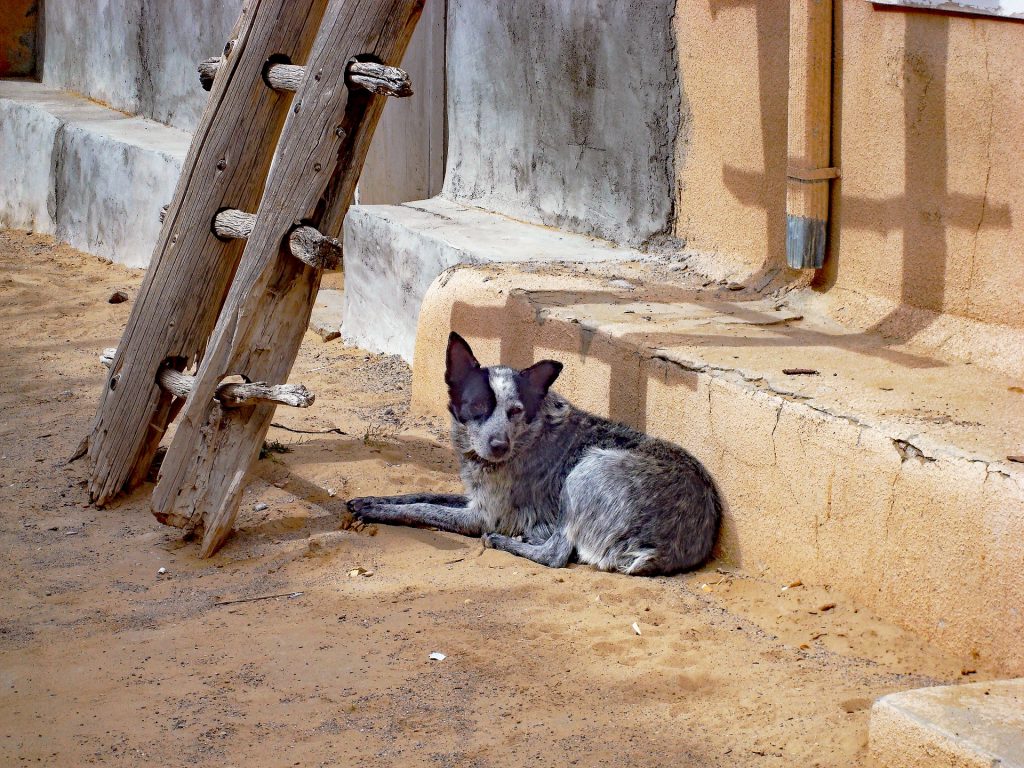
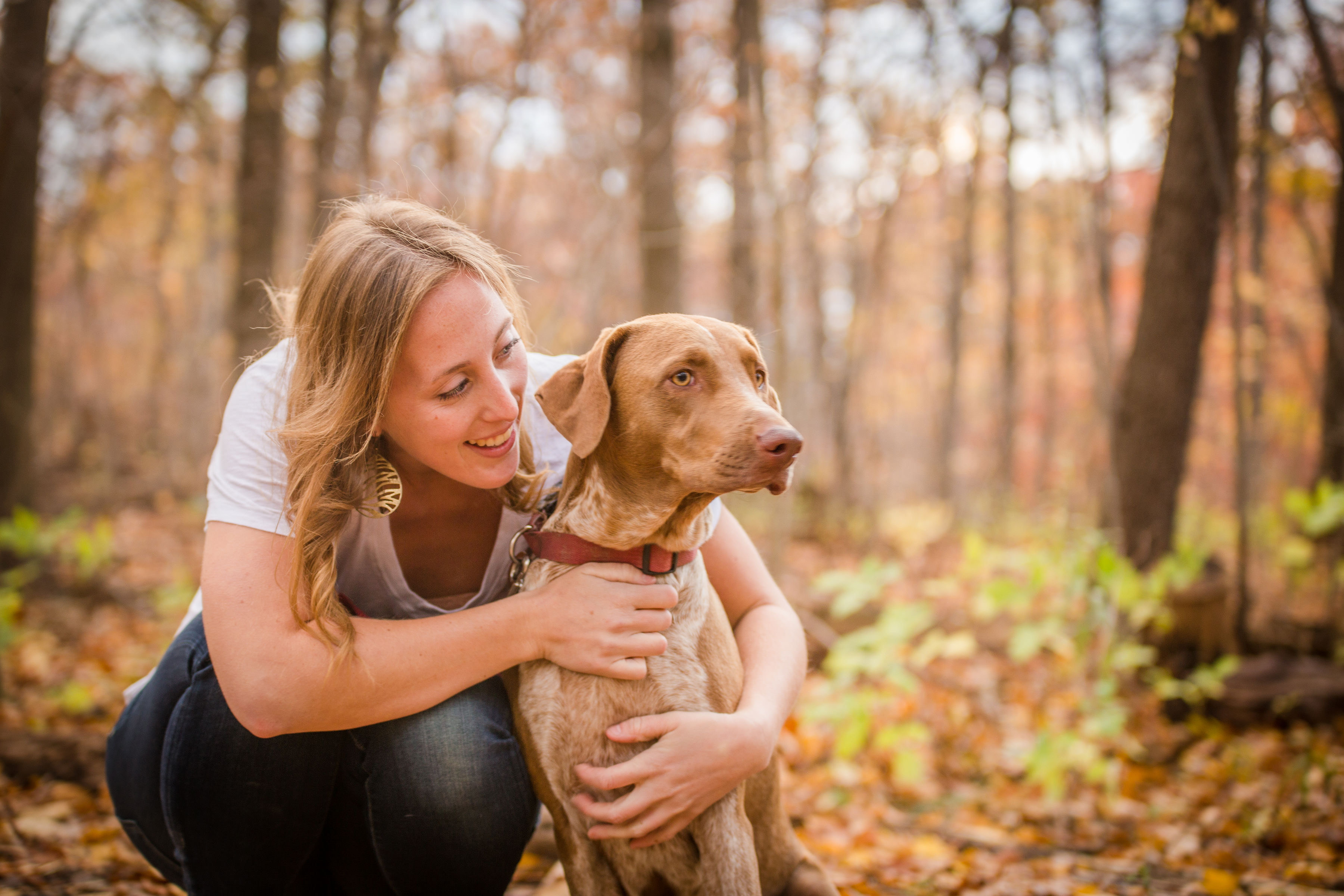
Thank you Jessica for opening my eyes to this issue and sharing the work MEXPUP is doing.
Mexpup is wonderful! See my comment.
Thank you for this article. SPCAPV in Puerto Vallarta is always needing flight angels, donations and supplies just like the ones you found in the towns above PV. SPCAPV has about 50 dogs at any one time but does have a facility that could house 50 more, if they had the funds to do so. Visit if you return, you will be very impressed with the care and love for the dogs and cats there.
Sincerely
Judy Webber
Flight Angel
SPCAPV in Puerto Vallarta is the place we adopted our Fuzzable from, and he’s been such a GREAT dog!!! I am so grateful to that organization and all the people who contributed to getting him here to BC!!
Great article Jessica..informative and encouraging.I wish I’d read your article years ago As the dog problem In Mexico can appear overwhelming and often one often doesn’t know where to begin (apart from feeding of course) I live 6 months a year In la peñita and we are lvery ucky to have jbar And veterinarians and organized volunteers To help out In the area.. Thank you)
Excellent article.
Hi Jessica – thank you for an infirmative article! Spent a week in Guayabitos & La Penita 20 years ago. Lovwd it! But we’ve since bought a house in Puerto Morelos, Quintanaroo, Mx on the Caribbean coast.
I am involved in the PM resue Cause 4 Paws which does a grest job but gets overwhelmed at times.
Since volunteering there it made me realize the local need here in my northern community of Elliot Lake. (Moved here from Stoney Creek May 2017). So I have been volunteering – bingo, fundraising & cat cuddling/socializing at SAD -Society for Animals in Distress.
I am always saddened & distressed by the stories I hear of animals being tossed out when their elderly owner passes on, kittens found in a taped down box at the garbage dumpster and plain and unmitigated cruelty to name a few.
We all require re educating about spay nueter (dumped kittens) and that domesticated animals do not do well at all when released in the ‘wild’ (my friend lives on a farm located around Hwy 6 & 403 and has rescued 55 dumped animals over the years). We also need to know about no kill shelters of whuch the SPCA in NOT a member. Volunteering can be as small an effort as desired or full immersion bh being on the board
Please always remember the cats too – I understand they breed faster than dogs? I would take in so many if I could – my 2 adopted Nicaraguan kitties passed on this past year. I am currently fostering. Cat hording is also a problem that overwhelms a shelter once discovered.
Thank you for reading my note & for speaking to a subject very close to many of us with hearts.
I was working with a veterinarian hospital in Victoria when Muneca came into our life. She was from the JBar association near PV. These dogs are grateful and so in need of a good life. Because we already had a Joey and a cat named Chandler, we changed her name to Monica.
She still, to this day, looks for scraps in the street.
Elly. My son is in Victoria right now and found a badly beaten dog and took it in. He has brought it to the vet and is again as I write this. He is trying to find a rescue that he can bring the dog to, so it will have a good home. Is there anywhere you can recommend? I am in Canada looking for something, but I do not know where to start. Thank you
Kim,
What part of Canada are you in?
Not all gringos in Rincon de Guayabitos and La Penita are animal lovers. In fact when I lived there for ten years we discovered that there are more than a few that placed poisoned food in the streets to kill the dogs and cats. Canadians to be exact.
It was not uncommon for the Policia Estata y Municipal to shoot many before the Christmas and Semana Santa tourist vacation times.
I no longer live there but these attitudes prevail throughout Mexico. In my twenty years of living here full time, I have adopted three dogs, and four cats, all from the street. Down to one dog and cat at the present time but I am certain there will be more.
Sadly I have seen many people abandon their pets on the beach or a Pemex station, driving away quickly with the poor animal racing after them to no avail. Kudos to all the good people who do their best to save these animals
Hi there, do you know a association in Tulum which is reliable and which I should/can support?
BR,
L
Unfortunately I’m not aware of any in Tulum, but I know a few great ones further north. Both Playa Animal Rescue (in Playa del Carmen) and Riviera Rescue (in Puerto Morelos) are excellent and do incredible work!
We adopted a pup from a dog rescue organization called Mexpup out of Canada who rescues dogs. What a wonderful organization! We live in Seattle WA. And Negrita our rescue was flown on Alaska airlines to Seattle from Puerto Vallarta Mexico where we picked her up at Sea Tac. Mexpup fostered Negrita and brought her to health so we received a healthy dog. Best thing we ever did as adopt a rescue!
Any places in Leon, MX that rescue or shelter the many street dogs, I have never seen so many. It is so sad, Iam crushed. Why are there no Bill Boards to educate these people about spay and neuter, PETA needs to step in and offer free Spay and Neuter all thru out MX, what do they do with all their millions in donations afterall? Worldwide PETA
Thanks for providing a link to an NGO helping street dogs in MX. I donated today in the memory of Betty White’s 100th birthday. ❤️
Bless you Luanne!